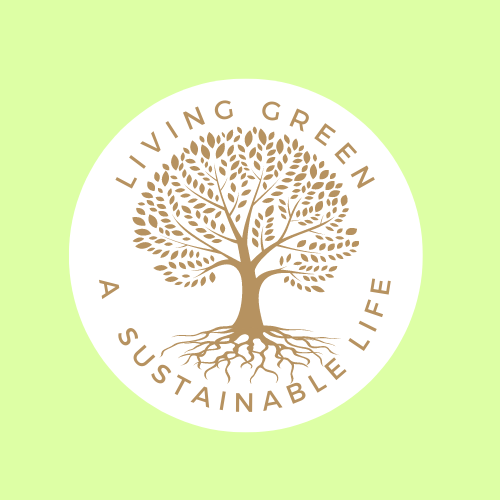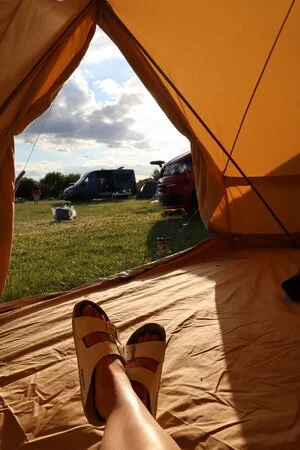Say No to Fast Fashion
"Fast fashion". The British high street has made it incredibly easy for us to have something shiny and new for next to nothing. It lets us fill our wardrobes to the brim with as many clothes as we can get in there, yet we still seem to have nothing to wear. Why is this? In my opinion it's because we have nothing we LOVE. Because we buy most things on a whim, because it's on sale, or because we need something new to wear to a party. But with the fashion industry emitting more greenhouse gas emissions than international shipping and aviation combined it's not a habit we can afford to keep up.
Have you ever thought about were your clothes may have come from?
Let's for an example look at jeans.
Denim is an amazing product. It was created to withstand hard labor so it is by nature built for longevity, which on paper is great for its sustainable points. However according to Levi Strauss a pair of their 501 jeans uses 3781 liters of water in its life cycle, that's the equivalent of around 50 baths. This is because denim is made primarily of cotton and cotton farming is extremely water intensive but that's not the only reason the cotton trade isn't great. It makes up for around 2.4% of world land crops yet staggeringly accounts for around 24% of insecticides used and 11% of pesticides. Depending on were it's made it will then be shipped around the world.
Who made your clothes?
The other important question? Who made your jeans? Uzbekistan, a major exporter of cotton, relies on modern slave labor. According to a 2016 report by the Uzbek German forum for human rights, respondents asked said they could not refuse to pick cotton but were paid an extremely low wage. And it's not just the cotton picking. To get that's distressed look on your jeans a practice called sandblasting is used. This practice can seriously damage workers health and lead to a condition called silicosis, a potentially lethal pulmonary disease. The risk of this disease is even higher if proper equipment is not used. A 2012 report estimates that 5,000 or more sand blasting workers in turkey were infected with silicosis. While turkey have now banned the practice many less regulated countries such as Bangladesh, China, Pakistan and Egypt still use it. This is on top of the already high carbon emissions I mentioned above, it's not a great picture painted for our cheap pairs of jeans.
What can you the consumer do?
1. Buy better. Go out and buy yourself a really decent pair of jeans that you LOVE, that are sustainably and ethically made, that will last and that you can wear for years without them going out of fashion. Sometime this can mean investing and spending slightly more (not always though, the highstreet isn’t as cheap as it makes out to be. Have you seen the price of jeans in ZARA). This is where quality comes into play. If you spend more on a well made item of clothing it’s going to stand the test of time.
2. Create a capsule wardrobe. I’ve written about Why we should all have a Capsule Wardrobe here, not only does it help us buy less but it gives us the resources to buy within our own style and create more outfits with less clothes. This is means we buy less and more intentionally. Better for our pockets and the environment.
3. Buy second hand. You wouldn't believe the amazing things you can find on eBay. Bonus points for charity shop finds. I get that it’s not for everyone and depending on your size and shape this can be hard. But I find so much joy in hunting eBay, Depop and charity shops for great clothes that need a second life.
4. Swap with friends. If you really want something different for a special occasion and your struggling to find something you can always ask your friends and family. My sister in law is amazing at finding things in her wardrobe when I'm going to a wedding and back when I lived with my flat mates at uni I don't think we ever went out in our own clothes, we just searched through each others wardrobes. Obviously it helped that we were the same size.
So I hope that's made you think for a minute. Have a look though your wardrobe, see what you can breathe new life to, or if it's not for you anymore pass it/sell it on for someone else to enjoy.
Hannah xx
Pin me for later….












Finding it hard to leave the liquid bottles behind? Here’s 6 easy ways to make the switch to shampoo and conditioner bars.